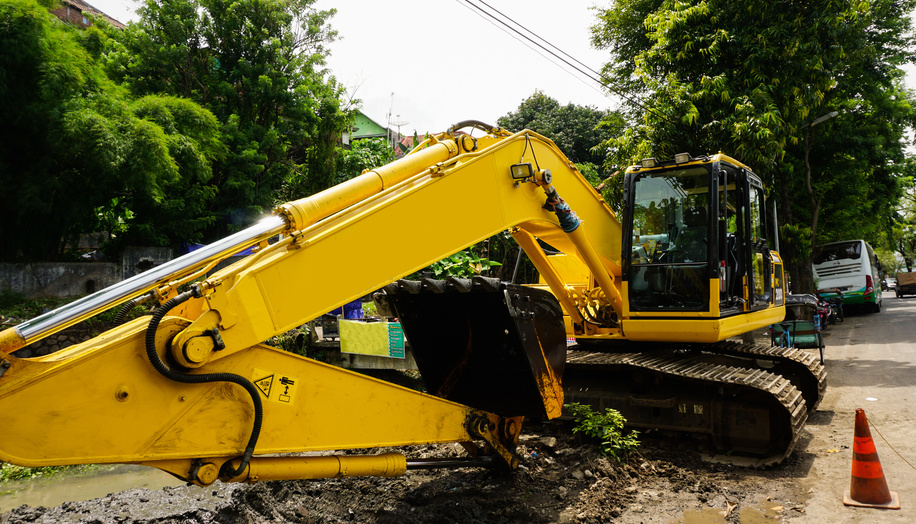Infrastructure construction is booming in Southeast Asia – particularly in Thailand and Vietnam – and new Asian lube suppliers are positioned to secure market share if they enter the market with clear direction, according to an industry observer.
The Thai government will implement 36 infrastructure projects worth U.S. $25 billion (896 billion baht) in coming years, according to Ipsos Business Consulting. Road projects alone, which will total 51 between 2013 and 2025, will tally $100 billion.
The market is already highly competitive for Asian lubricant blenders. Sinopec became the supplier for Chinese construction vehicle and machinery manufacturer Sany Group late last year and claimed on its website that it will replace Sanys foreign lubricant suppliers – which include Frances Total – in the future, alongside other Chinese companies.
Sany holds around 60 percent of Thailands crane market and is one if its top five excavator suppliers, according to its website.The company noted that High-speed rail, light rail, railway stations and a series of infrastructure projects will greatly stimulate the Thai construction machinery market.
In neighboring Vietnam, gross domestic product is expected to grow about 6 percent per year through 2020, and the construction sector is expected to expand at a rate of around 10.5 percent during that time, Ipsos forecast. The construction sector is booming along with the recovery of the economy, said Wijaya Ng, Ipsos Global Industrial Sector Lead. After a period of slump, cities like Hanoi and Ho Chi Minh City, along with up-and-coming cities like Danang and Can Tho, are witnessing numerous new construction projects.
According to global real estate firm Savills Plc, Ho Chi Minh City is expected to invest over $20 billion by 2020 to build five elevated roads and five metro lines totaling around 117 kilometers.
CNH Industrial, a United States-based manufacturer of agricultural and construction equipment, set up regional headquarters in Thailandtwo months ago to expand in Southeast Asia. Malaysias state-owned lubricant producer, Petronas Lubricants, secured a deal as its supplier of factory-fill and recommended aftermarket oils. A lube blender told Lube Report Asia that the contract will likely benefit Petronas in the long-term, as it will likely mean expansion into Vietnam as well.
Market channels for construction lubricants vary throughout each of the ten-nation Association of Southeast Asian Nations. Suppliers need to clearly determine whether to target original equipment manufacturers and original equipment suppliers or to go for the aftermarket channels, said Ng. Direction is pertinent for a successful entry.
In Thailand, for example, the aftermarket channel for construction equipment oils is retail lubricant shops. But in Malaysia, fuel stations are the main supply point for lubes for mobile construction equipment such as excavators, cranes and forklifts.
Lube manufacturers or their distributors will typically target larger construction equipment fleets directly, especially when they are aware of the construction project size that the fleets are currently deployed on, said Ng. Some markets may even require traders – individuals who have intimate knowledge of the market – to service the population of small-scale industrial end users and retailers in rural regions, Ng and Ipsos colleagues elaborated in a report last year.
Photo: teguhjatipras / Fotolia
